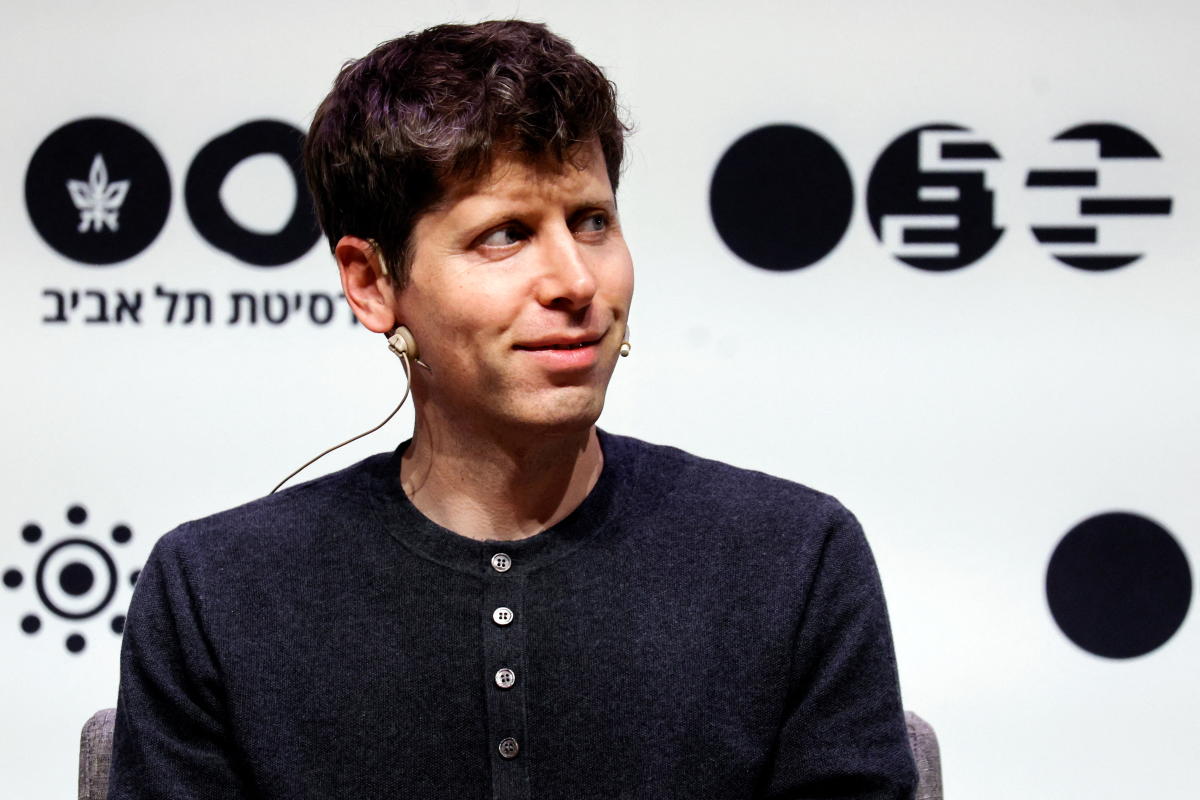In the ever-evolving corridor of artificial intelligence, a tale rekindles the fabric of corporate drama and leadership resilience. The protagonist of our story, Sam Altman, finds himself navigating through a whirlwind of events at OpenAI, the groundbreaking entity he helped bring to life. Imagine, if you will, a scene less than half a year ago when Altman stood at crossroads—abruptly dismissed from the helm, only to be swiftly reinstalled in a narrative twist worthy of a Hollywood blockbuster.
Upon his dramatic return as the CEO in November, a provisional board was put together, vigilant and keen on overseeing his reintegration and delving into the occurrences that prefaced his temporary departure. Their quest for understanding has recently reached its denouement. OpenAI, marking a new chapter, welcomes three fresh faces to its board of directors, enhancing its leadership tableau with Instacart’s lead and ex-Meta stalwart, Fidji Simo; Nicole Seligman, with her legacy at Sony; and Dr. Sue Desmond-Hellmann, whose acumen was honed as the former CEO at the Bill and Melinda Gates Foundation. Retaining their seats are Salesforce’s co-CEO Bret Taylor—continuing as chair—, economist Larry Summers, and OpenAI’s own co-founder, Greg Brockman, ensuring a seamless blend of continuity and fresh perspective.
This slate of board appointments signifies a closing chapter on a period rife with uncertainty and speculation, sparked by Altman’s unexpected ouster last fall. OpenAI itself threw a veil over the imbroglio with an announcement but left many pondering the intricacies of corporate governance among tech titans.
Amidst the whirlpool of events, Friday brought to light a summary of findings by WilmerHale, an esteemed law firm enlisted by OpenAI’s board in December 2023, to shed light on the tapestry of decisions that led to the temporary displacement of Altman from his CEO chair. Despite the layers of investigation, the core of why Altman found himself outside looking in remains shrouded in mystery.
WilmerHale’s examination unraveled not issues of product integrity, developmental pace, financial discrepancies, or miscommunication with stakeholders as the catalysts. The crux, it turns out, was a fraying bond, a dissolution of trust between Altman and the erstwhile board—a revelation that speaks volumes about the intricate dynamics of leadership and governance.
Delving through a veritable mountain of over 30,000 documents and engaging in myriad conversations with staff and previous board members, WilmerHale has pieced together a narrative, albeit one that leaves room for reflection on the essence of executive accountability and the delicate dance of corporate relationships.
As we gaze upon this saga through the analytical looking glass, one cannot help but muse on the broader implications for pioneers at the bleeding edge of technology and innovation. Sam Altman’s journey through turmoil and triumph serves not just as a testament to his resilience but also as a fascinating case study on the ebbs and flows of leadership in the rapidly advancing domain of artificial intelligence. A riveting story, undoubtedly, and one that prompts us to ponder the future path of OpenAI under its reconstituted guardianship, navigating through the uncharted waters of AI’s vast potential.




